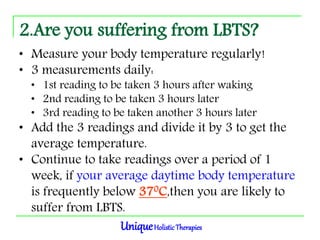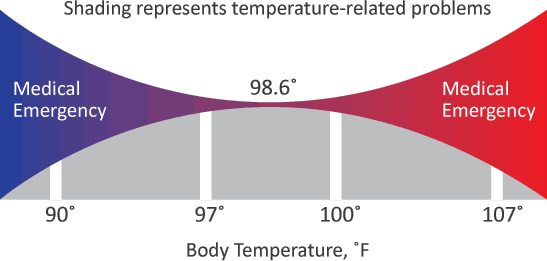

Wildfire smoke contains a variety of gases and particles from the materials that fuel the fire, including ozone, carbon monoxide, polycyclic aromatic compounds, nitrogen dioxide, and particulate matter-pollutants linked to respiratory and cardiovascular illnesses, according to a study in the Journal of the American Heart Association. The pollution was the result of smoke from Canadian wildfire smoke dispersing and placing millions of people under air quality alerts. Accessed June 26, 2020.On Tuesday evening, New York City had some of the worst air quality in the world. Accessed June 11, 2020.įlu: What to Do if You Get Sick. doi:10.5409/wjcp.v1.i4.29įever treatment: Quick quide to treating a fever.

Fever management: Evidence vs current practice. Infectious causes of fever of unknown origin. The presence of fever in adults with influenza and other viral respiratory infections. doi:10.1111/j.Ĭhughtai AA, Wang Q, Dung TC, Macintyre CR.
#Low body temp illness how to#
Low-grade fever: how to distinguish organic from non-organic forms. doi:10.1111/j.Īffronti M, Mansueto P, Soresi M, et al. How is body temperature regulated and what is fever? nih.gov. Take care of yourself, and feel better soon!

In the case that you opt for medication to help relieve symptoms and reduce a low-grade fever, consider appropriate options that contain acetaminophen, a fever reducer, like DayQuil, NyQuil, and FluTherapy. Maintaining your health through good habits such as getting enough rest and fluids can help to minimize a fever or to reduce its duration by, for instance, supporting your immune system. Taking your temperature is the easiest and most direct way to determine if you have a low-grade fever, but other signs and symptoms can also point to an increased likelihood that you are experiencing a low-grade fever. Low-grade fevers can come from common viruses like a cold or the flu.

Take over-the-counter medication to treat the symptoms associated with your fever.Place a cold, damp washcloth on your forehead or the back of your neck while you’re resting.Call a doctor if your fever is accompanied by a severe headache, stiff neck, shortness of breath, or other unusual signs or symptoms.The recommendations for treating a fever vary, and in the case of a low-grade fever, there are several things you can do to make yourself feel better if you are uncomfortable. The use of these terms highlights the importance of monitoring a fever. Depending on your specific temperature, your fever may be categorized as low-grade fever, regular fever, or high-grade fever. 2,4,5įevers happen for a variety of reasons and at different severity levels. In those cases, you might experience a low-grade fever.įevers are common, and they occur for a variety of reasons, often signaling that the body is working to protect itself. 1 Sometimes, though, your body needs to elevate its temperature above that ideal level to, for example, fight off a cold or flu virus. For your body to work properly, your optimum body temperature is 98.6☏ (37☌). Your internal temperature is subject to hormonal and brain activity and adapts to conditions of your environment. Your body is a complex and smart system that constantly works to keep you feeling your best, including maintaining the optimum internal temperature. Before you figure out how to treat your low-grade fever, understand where it might have come from and what role it plays in your body. Achy, tired, warm skin, and just not feeling right? You may have a low-grade fever.


 0 kommentar(er)
0 kommentar(er)
